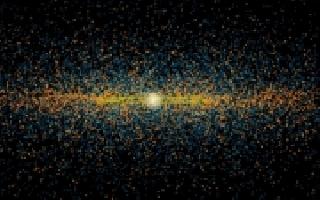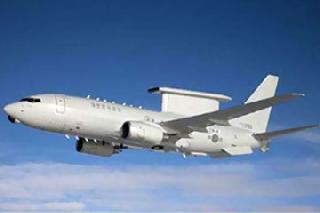
A NASA photo.
PASADENA (BNS): Some 4,700 potentially hazardous asteroids with diameters larger than 100 meters are loitering in our Solar System and could pose threat to Earth, a new NASA survey has found.
Potentially hazardous asteroids (PHAs), according to NASA, are a subset of the larger group of near-Earth asteroids. Such huge space rocks have closest orbits to Earth's, coming within about eight million kilometers, and big enough to survive passing through our planet's atmosphere and cause damage on a regional, or greater, scale.
The survey by NASA's Wide-field Infrared Survey Explorer (WISE) telescope's asteroid-haunting NEOWISE mission put the number of these space rocks, believed to be stony, like granite, or metallic, at roughly 4,700, plus or minus 1,500, after sampling 107 PHAs to make predictions about their entire population as a whole.
"The NEOWISE analysis shows us we've made a good start at finding those objects that truly represent an impact hazard to Earth," said Lindley Johnson, programme executive for the Near-Earth Object Observation Programme at NASA.
"But we've many more to find, and it will take a concerted effort during the next couple of decades to find all of them that could do serious damage or be a mission destination in the future."
The survey has also found that about twice as many PHAs as previously thought could be residing in "lower-inclination" orbits.
Such PHAs, appearing somewhat brighter and smaller than the other near-Earth asteroids, are more aligned with the plane of Earth's orbit, and hence are more likely to encounter the planet and cross its path.
The results therefore suggest more near-Earth objects might be available for future robotic or human missions, the space agency said.
 Previous Article
Previous Article Next Article
Next Article











The Indian Air Force, in its flight trials evaluation report submitted before the Defence Ministry l..
view articleAn insight into the Medium Multi-Role Combat Aircraft competition...
view articleSky enthusiasts can now spot the International Space Station (ISS) commanded by Indian-American astr..
view article